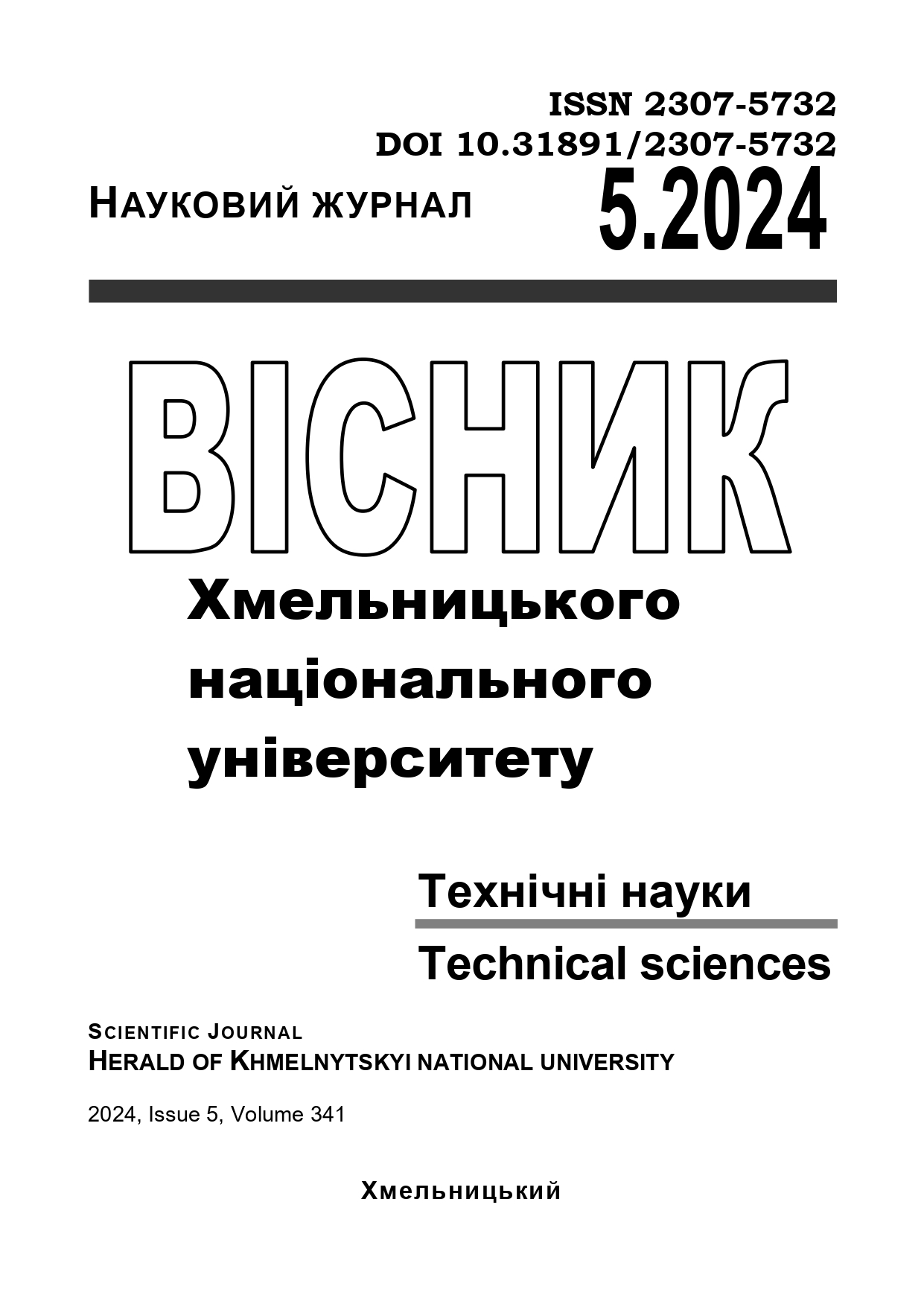DETERMINATION OF MECHANICAL PROPERTIES OF POLYMER COMPOSITE MATERIALS USING STRUCTURAL MECHANICS METHODS
DOI:
https://doi.org/10.31891/2307-5732-2024-341-5-25Keywords:
nanocomposite, mechanical properties, structural mechanics, simulation, analitical dependenciesAbstract
Using the finite element method, a number of experiments were conducted to study the mechanical properties of PE-CNT nanocomposites with an arbitrary arrangement of functionalized CNTs in the polymer matrix depending on the volume fraction and the length of the reinforcing elements. The used properties of nanocomposite's components were obtained by the way of molecular dynamic modeling of pure polyethylene and CNT. It was established that in the case when the CNT length does not exceed the dimensions of a representative element volumes, the evaluation of the effective values of the mechanical properties of PE-CNT nanocomposites with different volume fractions of CNTs using different methods gives convergent results: the difference between at α=0.69 % is 0.1 %, and at α=2.06 % – 0.8 %. For long CNTs that cross the boundaries of representative element volumes, the used methods give a much larger difference between the obtained values: at α=1.25 % it is 9.5 %, and at α=3.75 % – 18.2 %. The theoretical dependences of Voight and Reuss were used for operational forecasting of the effective values of the elastic modulus. It has been determined that the Reuss analytical dependence can be used to quickly predict the elastic modulus of PE-CNT nanocomposites with short CNT reinforcement. A comparison of the obtained values with the results of molecular dynamic modeling of PE-CNT nanocomposites with a CNT volume fraction of α≤2.08 % showed that the functionalization of short CNTs in the PE-CNT nanocomposite does not lead to an increase in the elastic modulus that may be related to by a significant decrease in the elastic modulus of functionalized CNTs by more than two times. It was determined that reinforcement with long CNTs contributes to an increase in the elastic modulus by 14.8 % with a volume fraction of CNTs smaller by 0.81 % due to the presence of vacancies that appear in the structure of CNTs during their functionalization and significantly affect the properties of short CNTs than long.

